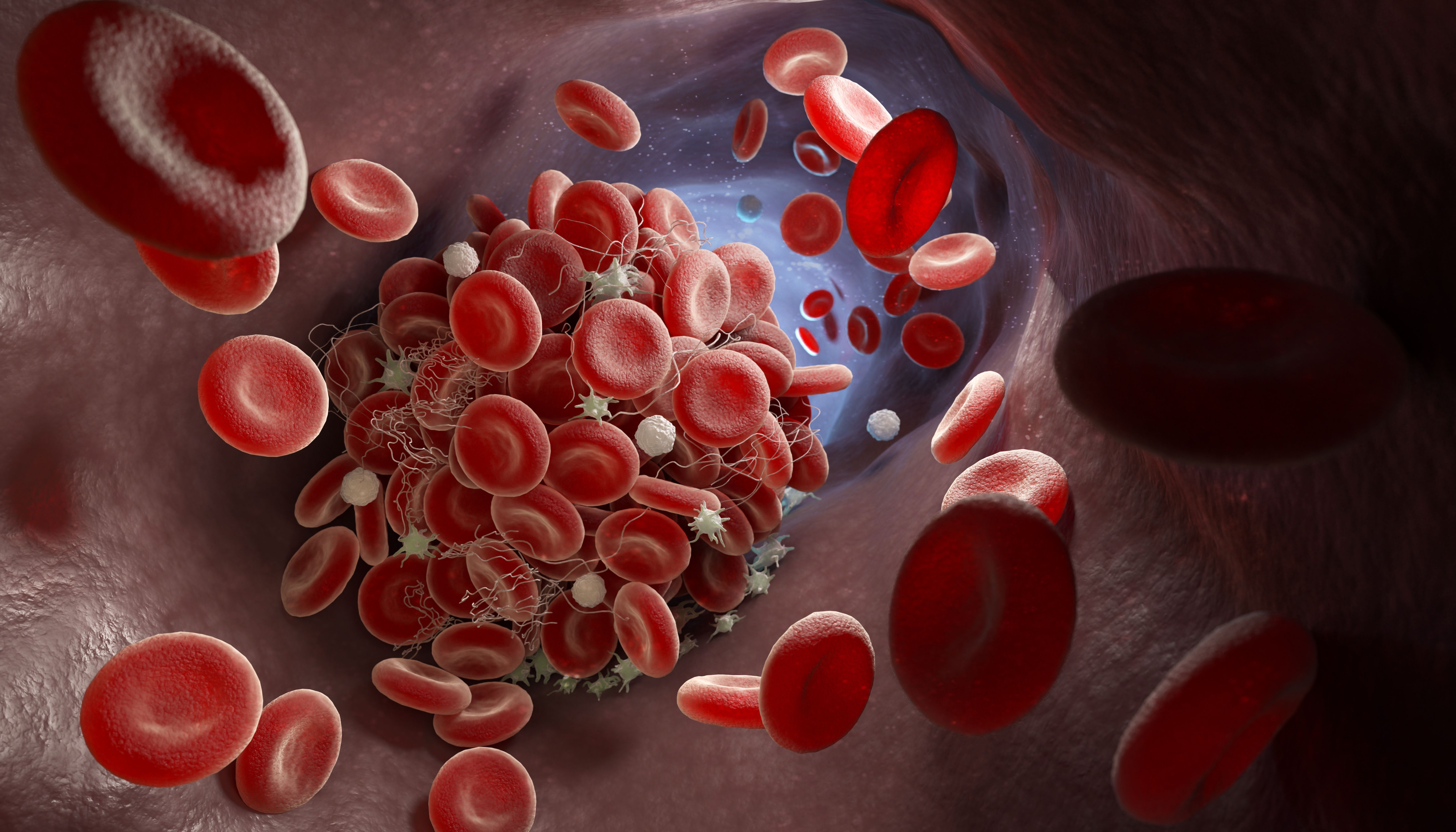Video
The First Signs of Leukemia
Author(s):
Nitin Jain, MD: Hello, and welcome to CURE Expert Connections®. I’m Dr Nitin Jain, associate professor in the Department of Leukemia at MD Anderson Cancer Center in Houston. I would like to welcome one of my patients, Mrs. Samantha Rine, who is here with her husband, Doug, to share her journey with chronic lymphocytic leukemia [CLL]. Welcome, Samantha and Doug.
Samantha Rine: Thank you.
Doug Rine: Thank you.
Nitin Jain, MD: Before we get started with Samantha’s story, I would like to briefly discuss CLL. CLL stands for chronic lymphocytic leukemia, which is a leukemia generally found in older adults in the United States. CLL is the most common leukemia we see in adults in the US, with approximately 20,000 new patients diagnosed each year. The average age of diagnosis is about 72 years. Therapy for this disease has changed remarkably in the last few years. Where we were previously using chemoimmunotherapy—chemotherapy with some antibody therapy—now we are largely using newer therapies, which are targeted therapies, nonchemotherapy approaches, for our patients. They are working fabulously for our patients, who are achieving remission and are doing well.
If you know someone or if you are diagnosed with CLL, an important aspect is to seek care at centers of excellence for chronic lymphocytic leukemia—there are many in the United States—so you’re able to get advice about how to manage it. With that background, let’s now turn back to Samantha. Samantha, I know you were diagnosed a little over a year ago, maybe one-and-a-half years ago. Tell us the story about what happened. What was the first sign you felt something was going on? What led to your visit?
Samantha Rine: Sure. There were no major signs. I was going about my day, my normal activities. My routine was I would get up, go work out, and then go to work. I was fine. I noticed the morning that it all happened that I had some bruising on my forearms. That was a little strange. Later, I learned that was some petechiae. I went to see my primary care physician and she ordered some blood tests. About an hour or two later she called me and said, “You need to go to the emergency room right now.” I said, “OK, but what do I tell them because I feel fine.” I honestly felt completely normal.
I went to the emergency room here in town and they performed some more blood tests. The doctor suspected leukemia, but they needed to do a bone marrow biopsy to confirm that. The hospital here in town couldn’t perform that procedure, so they wanted to send me somewhere else. We chose MD Anderson Cancer Center in Houston, and they sent me in an ambulance. You and I met, and we did the biopsy confirming that it was CLL. Throughout the whole process, in the back of my head I kept thinking that you all were wrong because I felt so good. I said, “There’s no way CLL could be my diagnosis.” But it was. In hindsight, there were a few little things that were probably warning signs or symptoms. My feet were a little swollen. I had some other strange markings on my feet and other places, but not enough to cause any concern to me. So, the diagnosis was a complete shock.
Doug Rine: It was a surprise.
Nitin Jain, MD: You guys live a couple hours away from Houston, and she received treatment through us here. I think she was in the hospital for some time, maybe a week or 10 days, I believe.
Doug Rine: Yes.
Nitin Jain, MD: From your perspective as a caregiver, as her spouse, what was going through your mind during that time?
Doug Rine: As Samantha mentioned, it was out of the blue because we had no reason to suspect anything was wrong. Unfortunately, I was out of town in Atlanta for work and she called and told me that she had gone down to the doctor, had the blood work, and they asked her to come back to the emergency room. But at that point, I didn’t know why. I still had two more hours where I was going to be out of touch, no phone communication. I told her, “Listen, as soon as I can, I’ll call you and see what’s going on.”
Two hours later, I called her, and she told me she was being put in an ambulance and driven to MD Anderson Cancer Center. I went from thinking that she had some little routine something they wanted to check, to her being loaded into an ambulance and driven to a cancer center. I immediately ran to my hotel, grabbed all my things, jumped on a flight, and flew to Houston. Believe it or not, I beat her to the hospital. I was waiting when the ambulance pulled in. That was when I found out how serious and how concerning it was when she was admitted to the ICU [intensive care unit] and became one of your patients. You’re right, she was in the hospital for close to 10 days. The majority of that time she was in the ICU as you were going through the evaluations and determinations. It was a very shocking experience, one that hit both of us out of the blue; we were not prepared for it. It was quite a steep learning curve, both about CLL and also how to become a patient and caregiver, two things that we had not personally experienced with each other, just through family members.
Transcript Edited for Clarity





